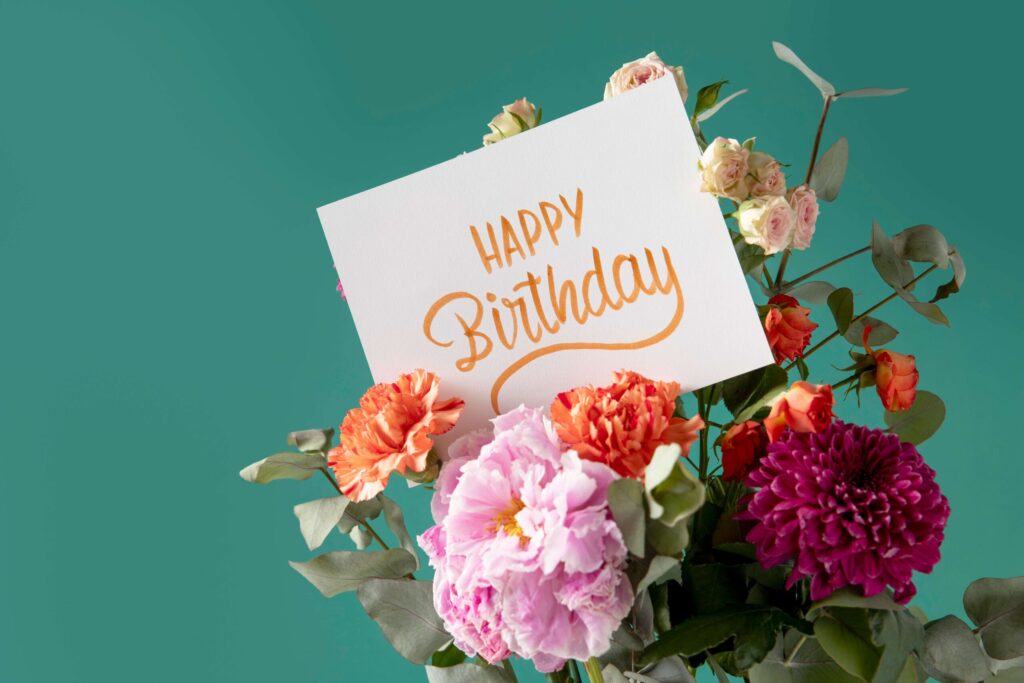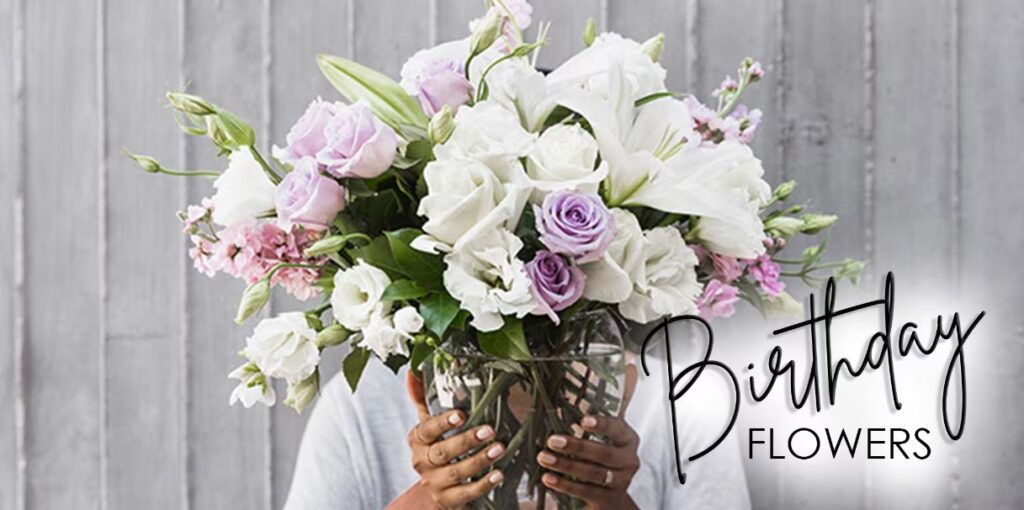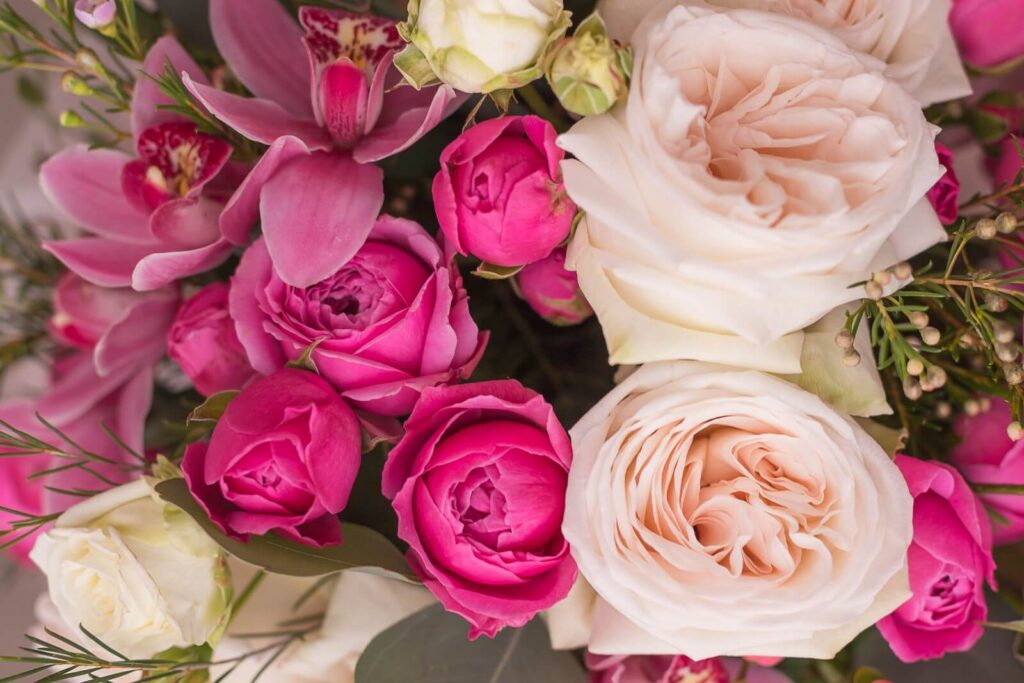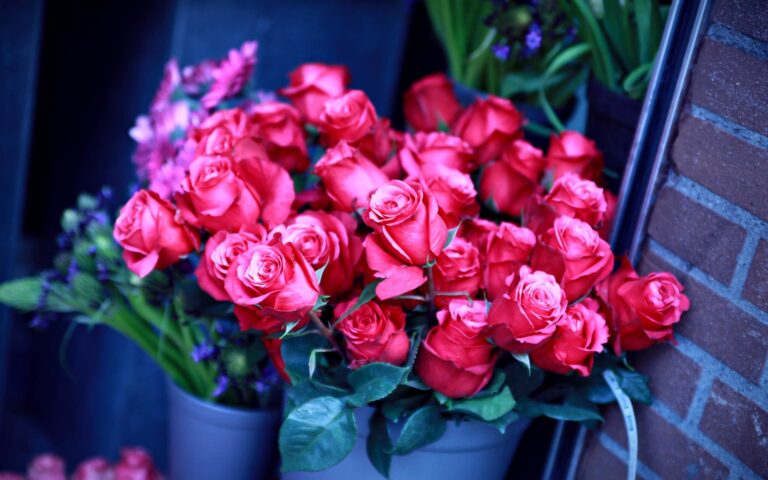Birthdays are special occasions that call for celebration and thoughtful gifts. One popular gift idea that never fails to delight is a beautiful bouquet of flowers. However, not all flowers are available year-round, and each month has its own unique blooms. Understanding the importance of seasonal flowers can help you choose the perfect gift for your loved ones.
In this article, we will explore the connection between birthdays and flowers and why it is beneficial to choose seasonal blooms as birthday flowers bouquet.
Understanding the Importance of Seasonal Flowers
Seasonal flowers are those that naturally bloom during a specific time of the year, usually when the conditions are ideal for their growth. These blooms are influenced by factors such as temperature, sunlight, and rainfall. By opting for seasonal flowers, you can ensure that the arrangements you send are fresh, vibrant, and long-lasting. Additionally, seasonal flowers tend to be more affordable as they are readily available and don’t require extensive transportation or storage.
When you choose seasonal flowers, you are not only supporting local farmers and florists but also contributing to sustainable practices. By selecting blooms that are in season, you reduce the need for artificial methods of cultivation, such as greenhouse production or importing flowers from distant locations. This helps to minimize the carbon footprint associated with the floral industry and promotes a more environmentally friendly approach. Click here to get about the science behind gifting happy birthday flowers.
Moreover, seasonal flowers offer a unique opportunity to celebrate and appreciate the beauty of each time of the year. Spring brings forth a burst of colorful tulips, daffodils, and cherry blossoms, symbolizing renewal and new beginnings. Summer showcases the vibrant hues of sunflowers, roses, and lilies, representing warmth and abundance. Autumn brings a rich palette of golden chrysanthemums, dahlias, and asters, embodying the changing seasons and the beauty of transition. Finally, winter offers an enchanting array of evergreens, holly, and poinsettias, evoking a sense of coziness and holiday cheer.

The Connection Between Birthdays and Flowers
Flowers have been associated with birthdays for centuries, with each month having its own designated birth flower. Birth flowers are believed to bring luck, happiness, and good fortune to the recipient. They also hold symbolic meanings that reflect the traits and characteristics associated with individuals born during that month.
For example, January’s birth flower is the carnation, which symbolizes love, fascination, and distinction. February is represented by the violet, a flower that signifies loyalty, faithfulness, and wisdom. March celebrates the daffodil, a bloom that represents rebirth, new beginnings, and eternal life. April’s birth flower is the daisy, symbolizing purity, innocence, and true love. May is associated with the lily of the valley, a delicate flower that represents sweetness, humility, and happiness.
Why Choose Seasonal Blooms for Birthday Gifts
When selecting birthday gifts, it is important to consider the preferences and personality of the recipient. By choosing seasonal blooms, you not only provide them with a beautiful and meaningful gift but also showcase your thoughtfulness and attention to detail. Seasonal flowers are a reflection of nature’s beauty and can evoke a sense of joy and wonder in the recipient. Moreover, these flowers are more likely to be in their prime, displaying vibrant colors and captivating fragrances.
Imagine surprising a loved one born in July with a bouquet of bright red and white carnations, the birth flower for that month. The vibrant colors and the sweet, spicy fragrance of the carnations would instantly bring a smile to their face and make them feel cherished. Similarly, gifting someone born in November with a bouquet of richly colored chrysanthemums would not only align with their birth flower but also capture the essence of autumn, creating a warm and cozy atmosphere.
By choosing seasonal blooms for birthday gifts, you also have the opportunity to create unique and personalized arrangements. You can combine the birth flower with other complementary blooms and foliage, creating a stunning bouquet that reflects the recipient’s individuality and style. Whether it’s a simple and elegant arrangement or a lavish and extravagant display, the use of seasonal flowers adds a touch of natural beauty and authenticity to the gift.
January Birthday Flowers: What’s in Bloom?
As the first month of the year, January is associated with renewal and fresh beginnings. It is a time when we reflect on the past year and set intentions for the year ahead. And what better way to celebrate January birthdays than with beautiful flowers that symbolize love, hope, and new beginnings?
The birth flowers for January are the carnation and the snowdrop. These flowers not only add beauty to any bouquet or arrangement, but they also carry deep symbolism that aligns perfectly with the themes of January.
Characteristics of January Blooms
Carnations are known for their ruffled petals and wide range of colors, including pink, red, white, and yellow. They are versatile flowers that can be used to convey various emotions and messages. From expressing love and fascination to symbolizing distinction, carnations are a popular choice for January birthdays.
On the other hand, snowdrops are delicate white flowers that often emerge through the snow, bringing a sense of hope and purity to the winter landscape. These resilient blooms represent the beauty of new beginnings and the promise of brighter days ahead. Their ability to bloom in harsh conditions serves as a reminder that even in the coldest and darkest of times, there is always hope.
Symbolism Behind January Flowers
Both carnations and snowdrops carry symbolism that aligns with the themes of January. Carnations, with their ruffled petals and vibrant colors, are associated with admiration and affection. They are a perfect choice for expressing love and appreciation to someone born in this month. Whether you choose a bouquet of red carnations to convey deep love or a bouquet of pink carnations to express admiration, these flowers are sure to bring joy to the recipient.
Snowdrops, with their delicate white petals and graceful appearance, symbolize hope and new beginnings. They are often seen as a sign that winter is coming to an end and spring is just around the corner. The sight of snowdrops pushing through the snow-covered ground is a reminder that no matter how cold and bleak the winter may seem, there is always the promise of renewal and growth.
When choosing flowers for a January birthday, consider the symbolism behind these blooms. Whether you opt for a bouquet of carnations or a bouquet of snowdrops, you are not only giving a beautiful gift but also a meaningful one. These flowers represent the essence of January – a time of reflection, renewal, and fresh beginnings.

February Birthday Flowers: What’s Blooming?
February is often associated with romance and love, thanks to Valentine’s Day. The birth flowers for this month are the violet and the primrose.
Characteristics of February Blooms
Violets are small, fragrant flowers that come in various shades of purple, blue, and white. They symbolize loyalty, faithfulness, and devotion. Primroses, on the other hand, are delicate flowers that come in a wide range of colors, including pink, yellow, and white. They symbolize youth, innocence, and young love.
Symbolism Behind February Flowers
Both violets and primroses carry symbolism that resonates with February’s themes of love and romance. Violets are often associated with modesty and loyalty, making them a meaningful gift for expressing deep affection and devotion. Primroses, with their delicate beauty and association with young love, are perfect for celebrating the cherished bonds of friendship and romance.
March to December Birthday Flowers: A Monthly Guide
For birthdays falling between March and December, a variety of beautiful blooms are available. Let’s explore the characteristics and symbolism of these flowers, month by month.
March Flowers: Characteristics and Symbolism
March birth flowers are the daffodil and the jonquil. Daffodils are trumpet-shaped flowers that come in vibrant shades of yellow and white, symbolizing new beginnings and rebirth. Jonquils, a type of daffodil, have a fragrant and delicate appearance, representing grace and can be an ideal choice to brighten someone’s day in March.
April Flowers: Characteristics and Symbolism
The birth flowers for April are the daisy and the sweet pea. Daisies are simple yet charming flowers that come in various colors, symbolizing innocence, purity, and loyalty. Sweet peas, on the other hand, are delicate and fragrant flowers with a wide range of colors, representing blissful pleasure and gratitude.
May Flowers: Characteristics and Symbolism
May birth flowers are the lily of the valley and the hawthorn. Lily of the valley is a small, bell-shaped flower known for its sweet fragrance and delicate white color. It symbolizes sweetness, humility, and the return of happiness. Hawthorn, with its clusters of fragrant flowers, represents hope and love.
June Flowers: Characteristics and Symbolism
June birth flowers are the rose and the honeysuckle. Roses are classic flowers that come in a wide variety of colors, each with its own symbolism. They are often associated with love, beauty, and passion. Honeysuckles, known for their sweet scent and vibrant colors, represent devotion and everlasting bonds.

July Flowers: Characteristics and Symbolism
The birth flowers for July are the larkspur and the water lily. Larkspurs are tall and showy flowers, available in a broad color spectrum. They symbolize levity and lightness, making them a perfect choice for uplifting someone’s spirits. Water lilies, with their serene appearance and floating beauty, symbolize purity of heart and enlightenment.
August Flowers: Characteristics and Symbolism
August birth flowers are the gladiolus and the poppy. Gladiolus flowers are tall and striking with vibrant hues, representing strength and integrity. Poppies, on the other hand, are delicate and often brightly colored flowers symbolizing imagination, beauty, and peace.
September Flowers: Characteristics and Symbolism
The birth flowers for September are the aster and the morning glory. Asters are daisy-like flowers that come in various colors, symbolizing love, faith, and wisdom. Morning glories, with their colorful trumpet-shaped flowers, are associated with affection and unrequited love.
October Flowers: Characteristics and Symbolism
October birth flowers are the marigold and the cosmos. Marigolds are vibrant flowers that come in shades of orange, yellow, and red, symbolizing passion, creativity, and warmth. Cosmos, with their delicate appearance and bright colors, represent harmony, peace, and order.
November Flowers: Characteristics and Symbolism
The birth flowers for November are the chrysanthemum and the peony. Chrysanthemums are bold and showy flowers with a wide variety of colors and shapes. They represent optimism, joy, and longevity. Peonies, on the other hand, are large, fragrant flowers that come in various shades of pink, white, and red, symbolizing compassion, prosperity, and good fortune.
December Flowers: Characteristics and Symbolism
December birth flowers are the narcissus and the holly. Narcissus flowers are trumpet-shaped and often white or yellow, symbolizing hope, rebirth, and good wishes. Holly, with its bright red berries and glossy leaves, is associated with joy, protection, and goodwill.
With this monthly guide to birth flowers, you can now choose the perfect bouquet to delight your loved ones on their birthdays. Whether it’s the vibrant carnations of January or the fragrant roses of June, each month offers a unique selection of blooms that can add a touch of beauty and meaning to your gift. Remember, seasonal flowers not only celebrate the changing seasons but also convey thoughtful messages through their symbolism. So why not spread joy and happiness by sending a stunning bouquet of seasonal happy birthday flowers?

